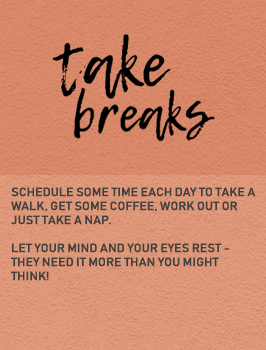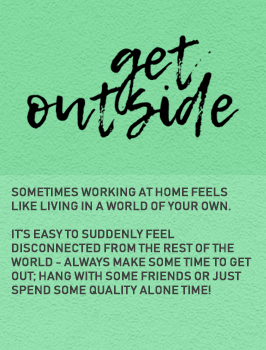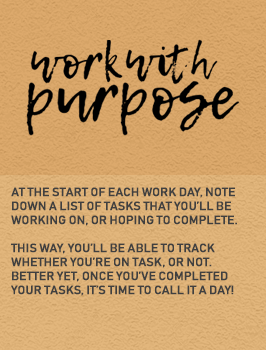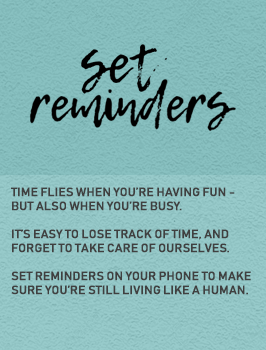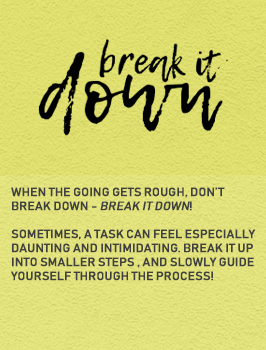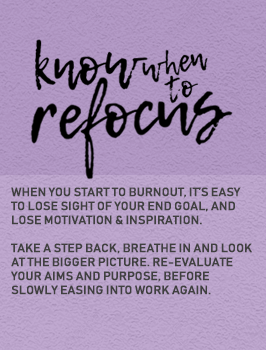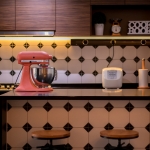How to Set Up a Home Office that Works – & How to Work from it
As cliche as it may sound, it’s true – in our rapidly developing world, technology is advancing, and so are we.
In this digital era, more and more people are communicating through cloud drives and Skype calls instead of your typical offices that require 9-5 attendance, 5 days a week. Be it working for external companies or growing a home business, countless studies and research have shown that working from the comfort of one’s home is becoming an increasingly favourable and viable career option for many.
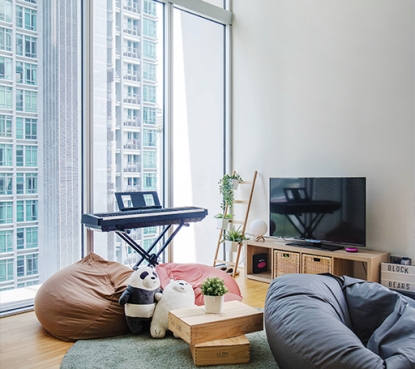
What’s there not to love, right?
At home, not only do you get to create an ambience you work best in (no more staring at white walls, no more pantry coffee scents wafting throughout the office at random hours of the day, and definitely no more mundane clicking and typing sounds that make you want to lose your mind), there’s certainly much more freedom in the way you work, where you work and when you work.
Not a morning person? Great – 1-8PM days are totally possible! The best thing? No more sneaking to the office pantry 3 times a day when you find yourself getting caught in that post-lunch dip — just take a well-deserved nap!
Sure, working from home sounds great and all. And don’t get me wrong; it definitely has its perks, but like everything else in this world, nothing good comes without a price. Sometimes, too much freedom becomes a problem; we take too many breaks, we feel confined by work even though we’re at home, and sometimes, we just can’t seem to make it right.
PART 1 : SETTING IT UP
So – how do you make sure you’re making the most out of your freedom (and I don’t mean to exploit it) of working right from home? How do you make sure you’re working, but not make it feel like work? It starts from the basics of layout and ambience to create the perfect working environment for you.
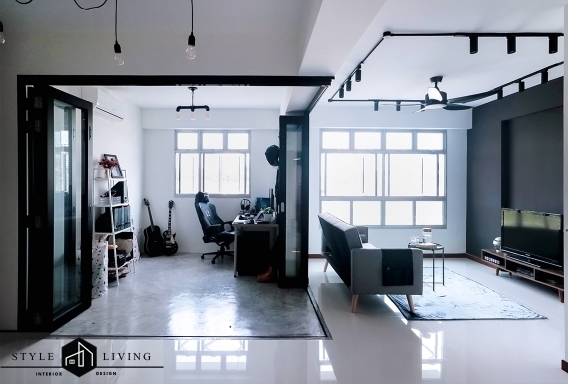

Draw the Line.
To start off, try to locate your office somewhere that can be separated clearly from the rest of your home. Even if it’s just a small part of your living room or bedroom, make it a special zone that is work-only. This can help to keep distractions away while you work, and easily lets other people know that yes, working at home is still work!
By keeping your ‘workplace’ at home confined to one space, it also keeps you away from the stress of work during off-work hours (I know, just staring at the pile of undone work on your desk can be stressful and mentally draining) and gives you greater work-life balance, while still enabling you to draw inspiration from your daily life in other parts of the house.
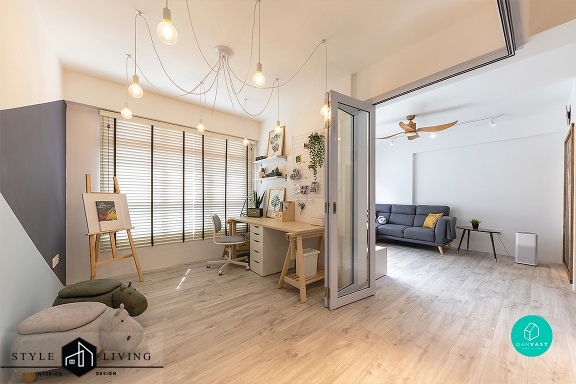

own it.
It’s important to acknowledge that this is going to be your space, your office, your corner. Everyone works differently and different things work for everyone, so you should know what kind of ambience or atmosphere you thrive in and aim to create that; no two home offices should be the same.
Incorporate elements of your own personality, such as your favourite colours and decor, or put up pictures and prints on the wall that you know can help inspire and motivate you at work. You now have free reign over what to display in your office, so get creative and create a space you know you won’t dread facing often.
To freshen up the place, consider getting some real plants as well. They not only serve as a bright and natural decor to rest your eyes with, but can also keep the air in your office fresh!
While you maintain a conducive environment for work and productivity, you should also create an environment that relaxes your mind and allows you to enjoy your work!
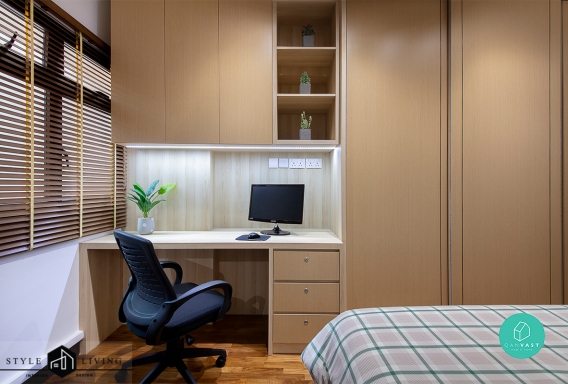

clear desk, clear mind.
A home office, no matter how comfortable, is still an office after all. So it’s important to take note of organisation and ensure the space is as uncluttered as possible, at any given time. This not only helps remove distractions and clear your mind while working, it also gives you more space to work with, which will undoubtedly feel more comfortable and less suffocating.
In order to do this, it helps to plan your office beforehand to set up a system that can keep things organised — if you require a lot of technology, set it up near outlets to remove the need for extension cords, and use boxes, clips, and the many other cable management solutions and tips available online to keep your digital clutter in check.
If your work features heavy paperwork, consider getting file folders or baskets to tame your documents. Alternatively, get a table with drawers to store them so they don’t compromise your working space. Even better, digitise your documents wherever possible so you have less to deal with, you don’t have to worry about losing it amidst the pile of other documents, and the best part–you’re helping to save the Earth!
These small steps make it infinitely easier to stop the build-up of clutter and create a neat, happy working environment for yourself.
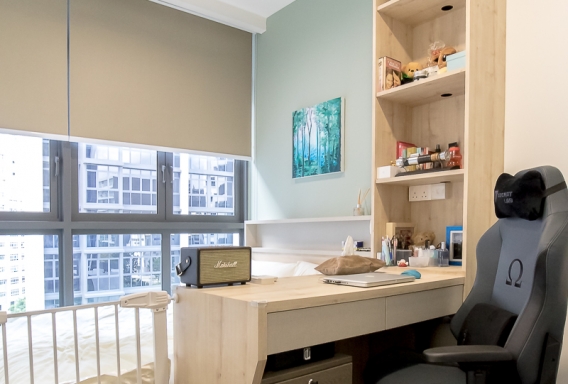

keep everything within reach.
It may be hard to get in the zone and get cracking, but it’s unfortunately way too easy to snap out of it. Hence, you should place all the resources you constantly need for work as close to your workstation as possible to prevent yourself from moving too much. Not only can it disrupt your workflow and slow things down, it can also cause frustration in the long term when you find yourself spending more time (and energy) flurrying around your office instead of actually getting work done. Create storage systems that will help you organise and access everything you need quickly, and easily.
Even when it comes to possible distractions such as a book or your favourite instrument, keep them close by so you can take quick breaks in between work and re-energise — just keep them out of sight so you won’t give in to your temptations to procrastinate!
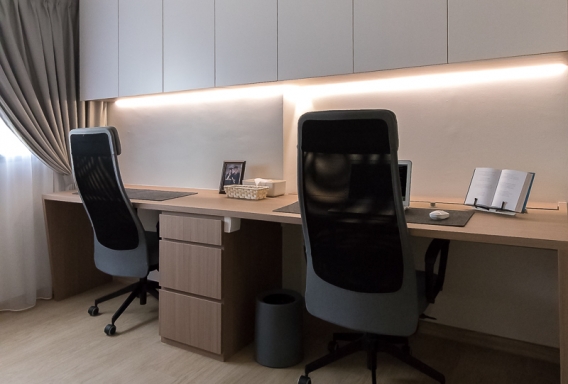

keep your options open.
When it comes to furniture, it’s best to plan flexibly, so you’ll be able to move things around easily. This can be especially helpful if space is at a premium, and you’ll need that space in your house for other purposes (or if you enjoy changing up your environment every once in a while!). Make use of vertical space, such as tall or floating shelves to keep things off the floor. This helps remove the appearance of clutter, and can give you more options for displaying your decor and storing your office equipment to keep them off your desk!
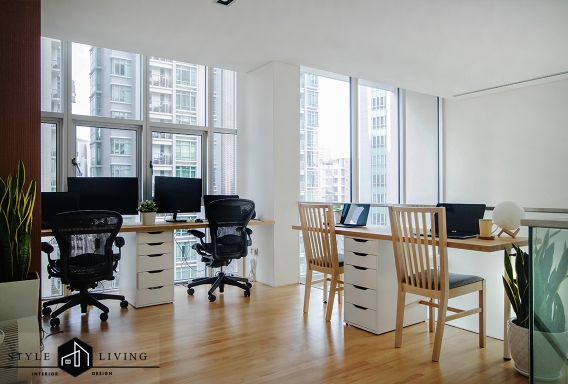

choose and invest in comfort.
It’s also good to position your desk in front of a window, so you can stare at something more interesting than a wall when you hit a roadblock. This also gives you more natural light to work with, which can help boost your energy in the day as well. Otherwise, put up some art to look at, or position your workspace to face towards the door and away from the wall.
Another especially important part of a good, conducive workspace is a comfortable chair. Studies have shown that sitting for too long with bad posture is a major cause for back pains, eye strains, osteoporosis and a whole long list of health conditions. If it’s somewhere you’ll be spending so much of your time in, it’s important that to invest in a good chair that is comfortable and allows you to sit with proper posture to prevent any injuries. If possible, consider a small standing station or a desk with adjustable height to alternate between sitting and standing and keep your body healthy!
PART 2 : LIGHTS, CAMERA, ACTION!
Now that the basic layout and design of your office have been settled, it’s time to move onto something else that is equally as important for setting up a perfect environment for working — lighting.
If you haven’t already, you can read our guide to the different lighting types and fixtures that can be commonly found today!
But even then, how do you know which lighting is best for a workspace? (Or more specifically, your workspace?)
Generally, research and studies have continuously proven that natural lighting is unbeatable when it comes to productivity.
Not only does natural daylight provide sufficient (but not too much) lighting that allows you to do work comfortably, it has also been shown to stimulate the mind and improve both productivity and energy levels.
As beings of Mother Nature, it’s no surprise that some natural light can help enhance our own cognitive abilities and improve our moods! If your work involves some type of photography, you should also know that nothing is as good as natural lighting!
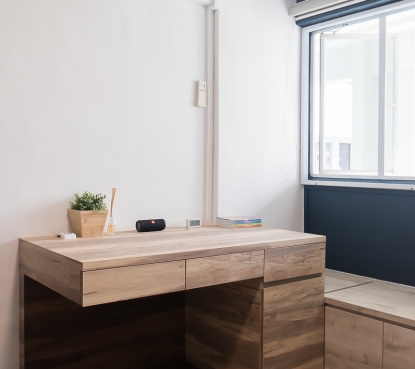
If daylight is not entirely feasible, it’s important to at least make sure your workspace is adequately well-lit with daylight-simulating fixtures. Improper or insufficient lighting can cause not only fatigue and gloominess, but also eye strain that will continue to affect your eyesight in the long term.
All these only serve to tire you out more quickly, and can greatly hinder you from performing your best. Take note of where shadows may also block out some light, and make sure to position your lighting fixtures (whichever you choose to use) appropriately to keep the room and the area as well-lit as possible.
Not only does the position and type of lighting fixture matter, even the colour of your light can be essential in affecting how you work. If you’ve looked through our lighting guide, you’d know the 3 main types of light temperatures available.
Different colours stimulate your brain differently, so it’s important to know what ambience you are creating in your work space. Warmer temperatures will be more calming, while cooler temperatures are more energising and productivity-stimulating. Ideally, you can choose a task light that allows you to switch between different hues of light to suit the task at hand!
PART 3 : PRODUCTIVITY TIPS
No matter how well set-up your office space might be, it’s impossible to be on our game 100% of the time. We are, after all, still humans who fall prey to the evils of procrastination and energy slumps.
When working from home, it’s also easier than ever to blur the lines between our professional and personal lives; especially so when our job depends so much on, and draws so much from, our experiences in our day-to-day life.
In such instances, it’s important to give yourself constant reminders and breaks to prevent burnout. After all, self-care is the best care!
Here are some simple tips and reminders, that you might find useful to live your best life – both at work, and off work!
